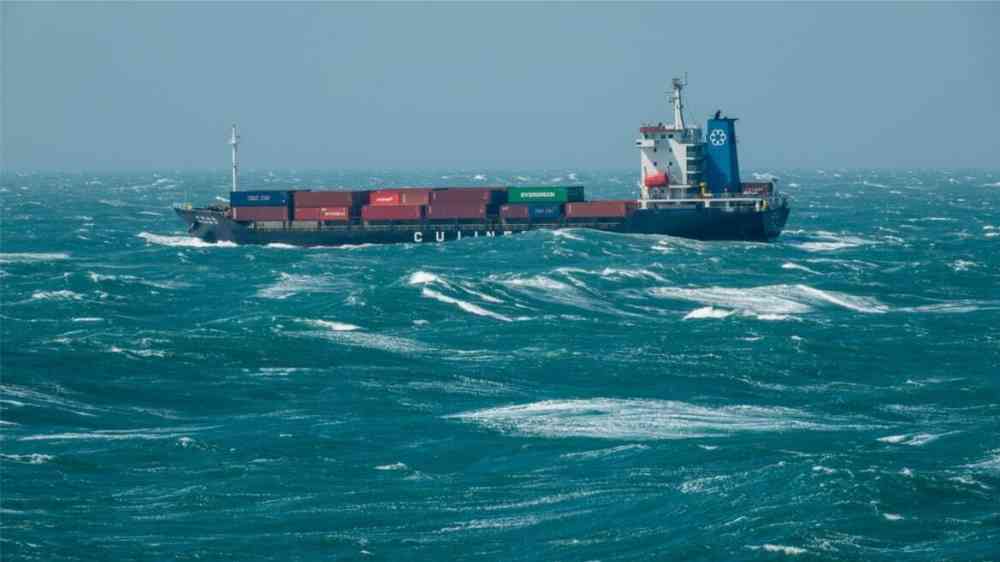Exploring the cascading impacts from climate shocks to chokepoints in global food trade

Much of the world's agricultural trade must passage through one or more maritime chokepoints. How might events relating to climate change disrupt such crucial trade arteries, and how might the impacts cascade globally and into Europe in particular?
The uninterrupted passage of staple agricultural commodities through several physical ‘chokepoints’ along international trade routes is vital to global food security. The significance of these critical transport junctures through which exceptional volumes of trade pass became abundantly clear in 2021 when one of the world’s largest container ships ran aground in one of the busiest shipping channels.
The Suez Canal, through which nearly 19,000 vessels passed in 2019, was blocked for six days while the 400-metre and 220,000-tonne Ever Given was re-floated. An estimated $9.6 billion of trade via the canal was held up on each day of the blockage.
The main risks to such chokepoints originate from a variety of direct and indirect sources that can be broadly classified as weather and climate-related, security and conflict-related and stemming from political and institutional factors. Among these, climate change is a significant risk multiplier.
Climate change not only increases the frequency and severity of such direct weather shocks, which may prevent navigation through chokepoints, but it also increases the likelihood of slow-onset disruptions such as infrastructural damage from rising sea levels and increasing rates of weathering. It can also have compounding non-linear effects when interacting with other risk factors such as by aggravating drivers of conflict and instability.
To understand the potential risks to the EU, we are considering the impacts of plausible climate-driven or climate-exacerbated hazards affecting three significant chokepoints to the bloc: the Turkish Straits, the Panama Canal, and the Suez Canal.
Here, we report the approach and the results of the first stage of the analysis which is based on recent historical (2018) chokepoint dependencies for each country. Subsequent analysis will downscale the world regions in the global trade model to refine the chokepoint dependencies based on modelled values for future bilateral trade.